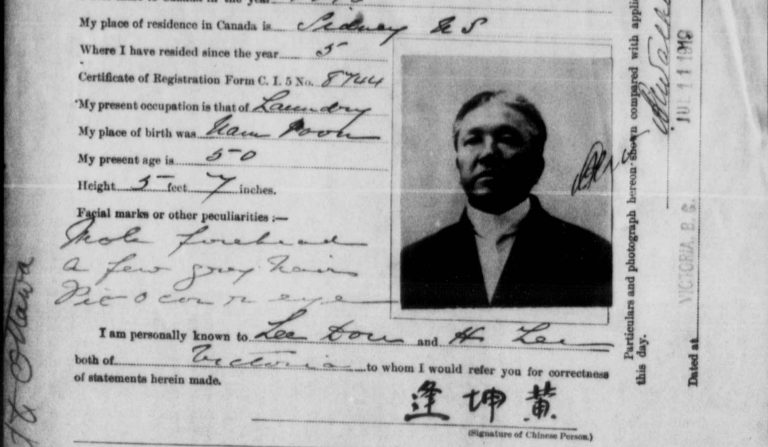As genealogists working in China, much of the research we do relies on our ability to visit people’s ancestral homes. Over the years, we have witnessed first-hand how quickly villages are disappearing, and how difficult it then becomes to discover ancestral stories, records, and relatives.
In this article you’ll learn why villages are so important to Chinese family history research, and what you can do to preserve your ancestral heritage, before it’s too late.
What is an ancestral village?
Your ancestral village is the place in China where your ancestors lived last and for multiple, successive generations before migrating overseas. Most villages owe their inception to brave sons who left their father’s homes or villages to set up households elsewhere. Over time, the household grew into an extended family, which grew into a sub-clan, then into a village. As a result, most villages in the south of China are still populated by only one or two clans.

Why are ancestral villages so important?
China has long been an agrarian society. Generations of families would live on the same land for centuries, and as a result the connection of family to place is a key pillar of Chinese culture and identity. This is reflected in language: while in English we refer to our home, family, house and relatives as distinct concepts, in Chinese we have the unique concept of Jia (家), which encapsulates them all.
Brimming with history, ancestral villages are the most important sources of information in Chinese family research. Finding your village can lead you to living relatives, and holds traces and memories of the ancestors who came before them!
What can I find in my ancestral village?
On a typical roots trip, we look for various traces of people’s families, both tangible and intangible:
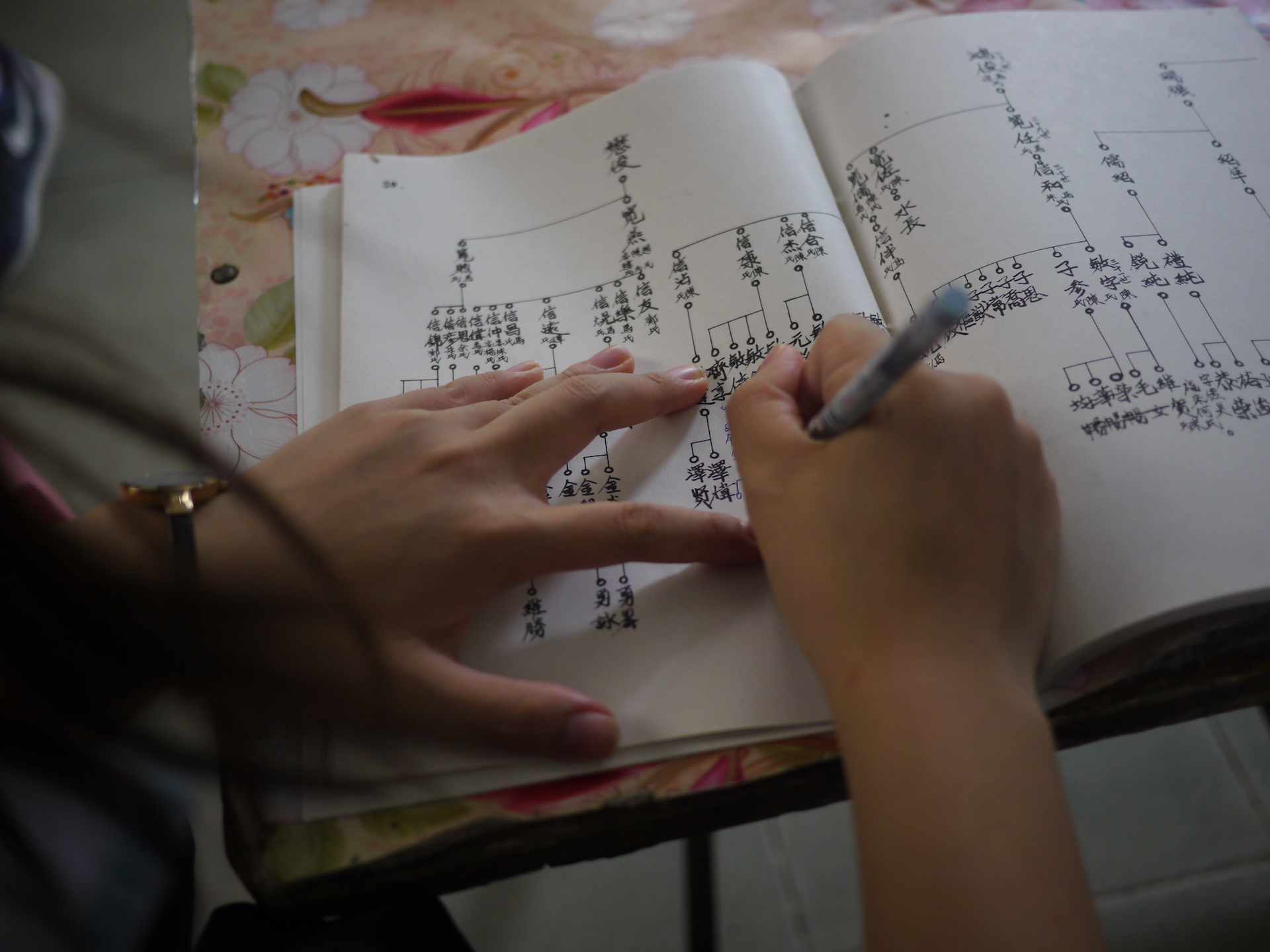
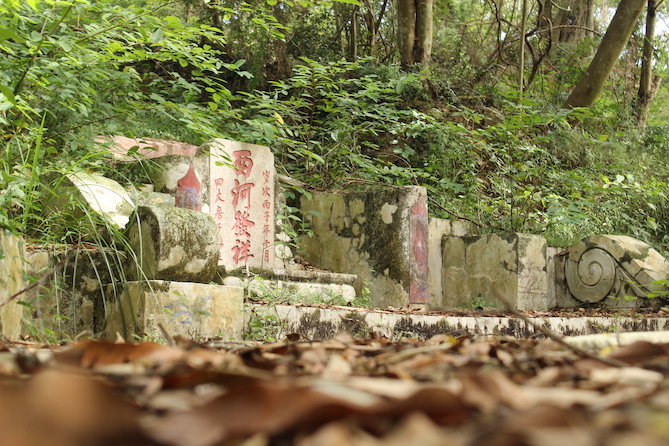
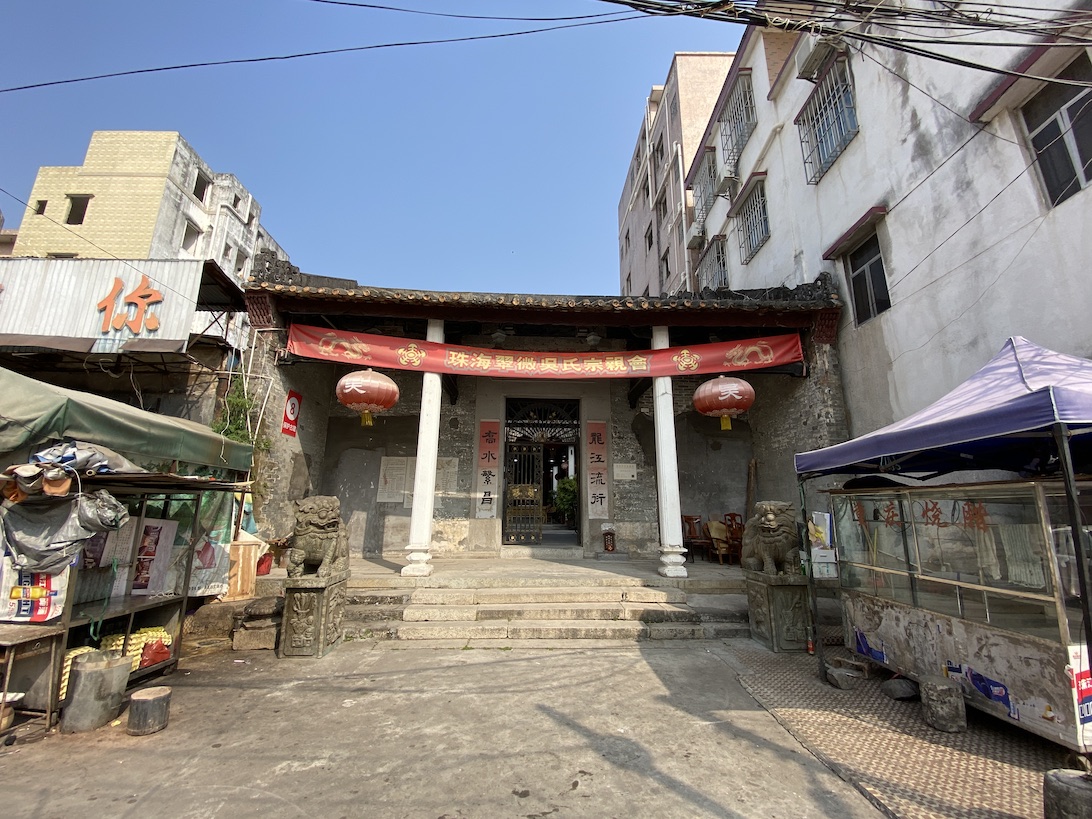
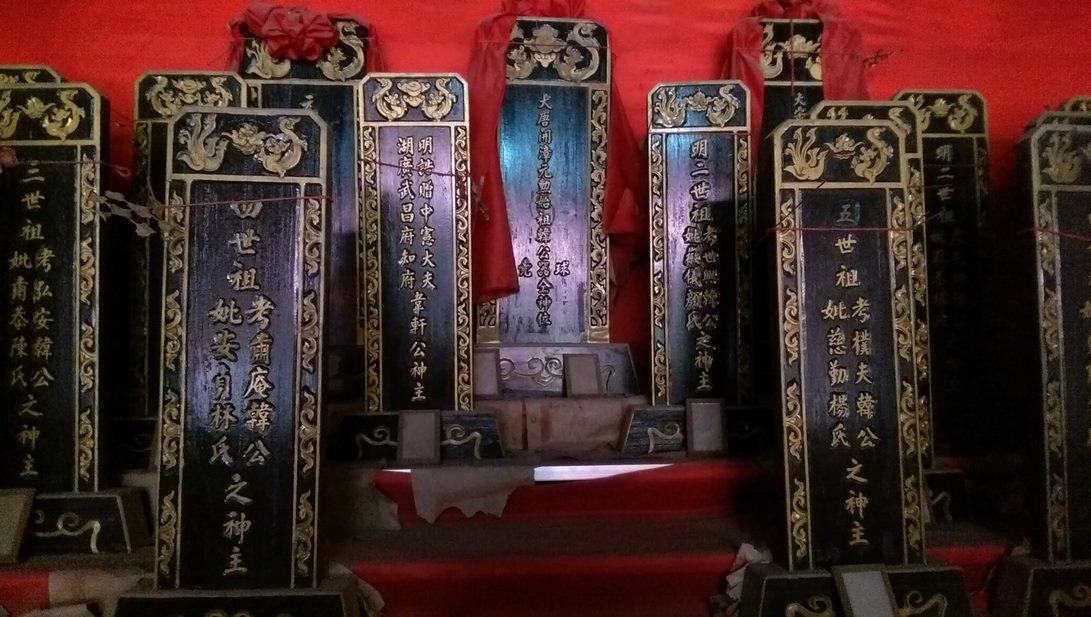
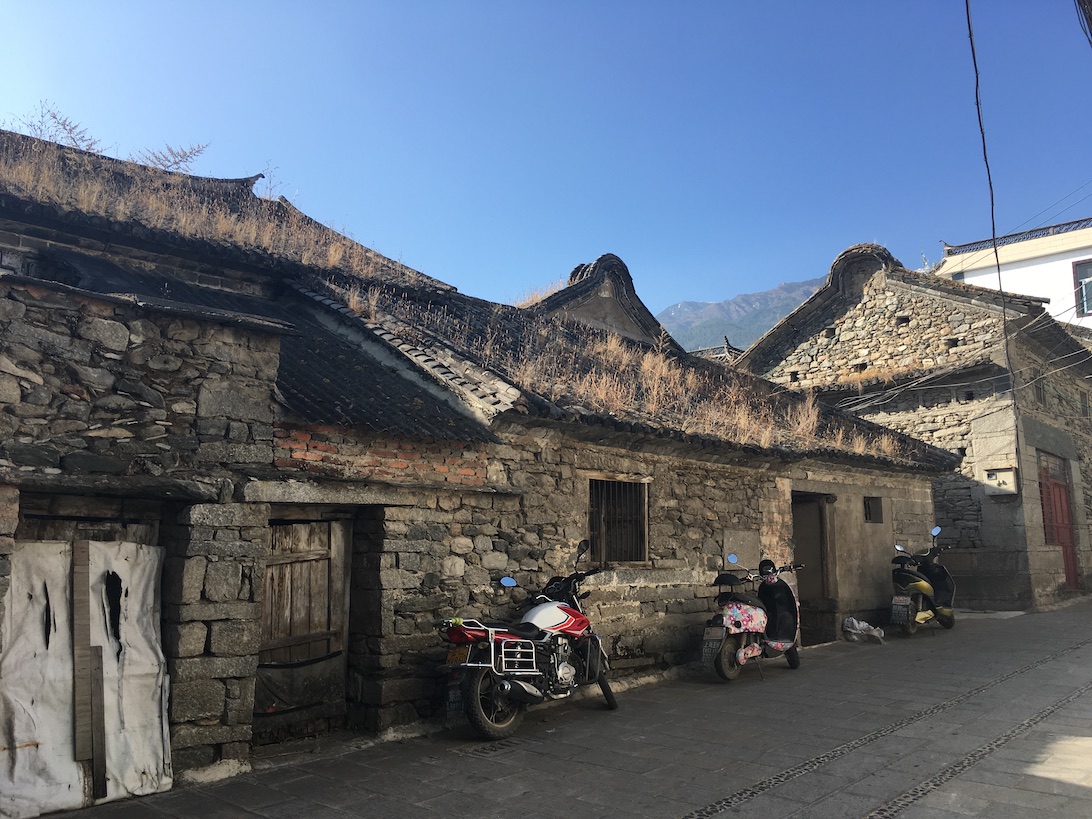
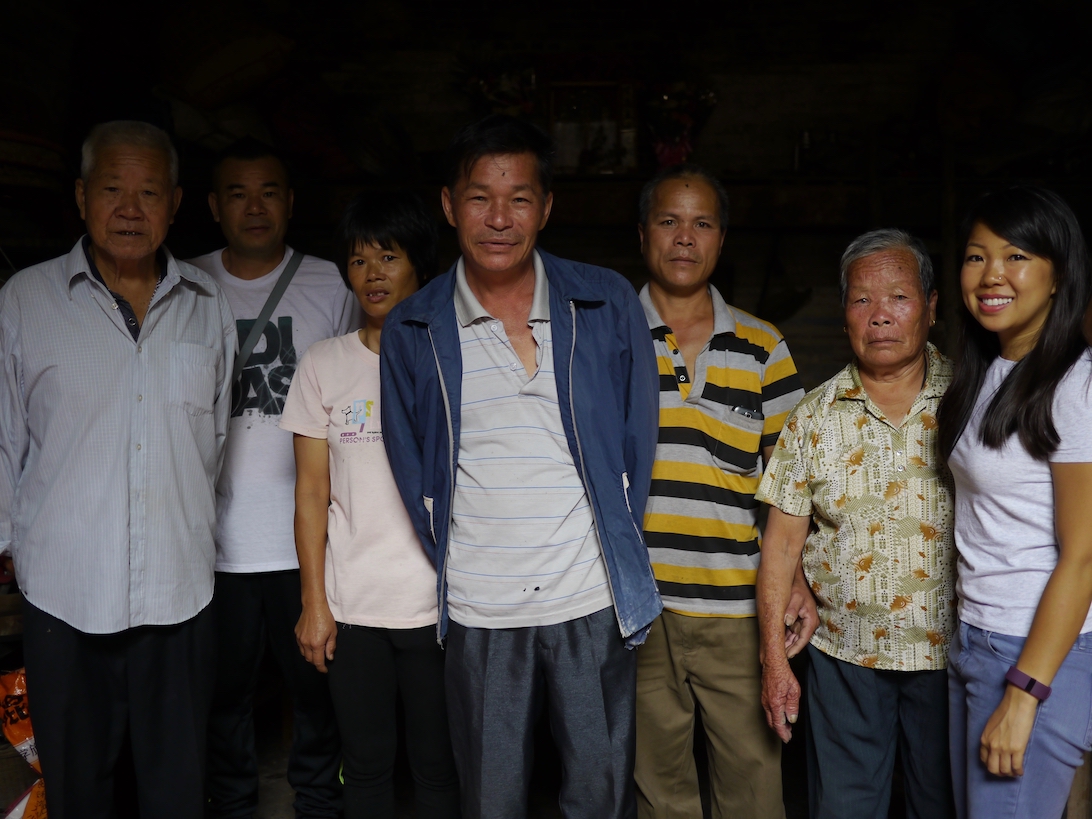
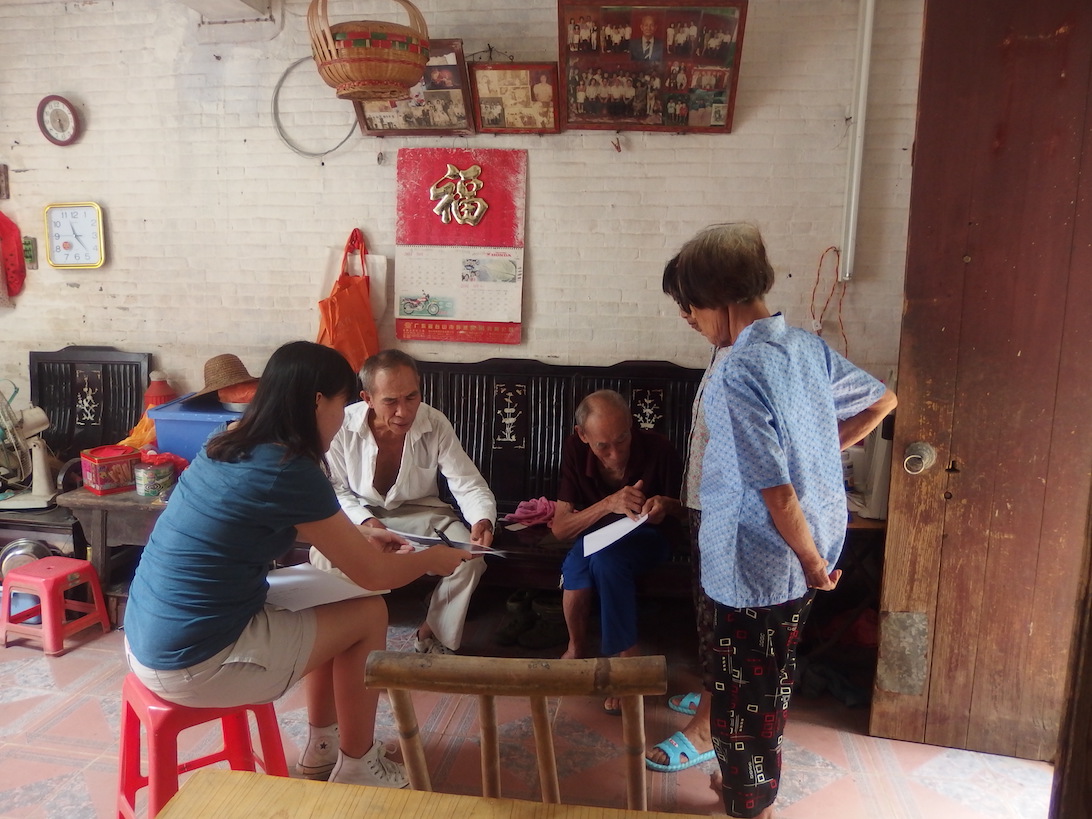
What’s the rush?
Chinese villages are disappearing at an alarming rate. According to one Chinese study, 80 to 100 villages are demolished each day to make space for new residential areas, development zones, highways, high-speed railways, and water reservoirs. While urbanization in China is often regarded as a very positive phenomenon, it has happened at the expense of cultural heritage.
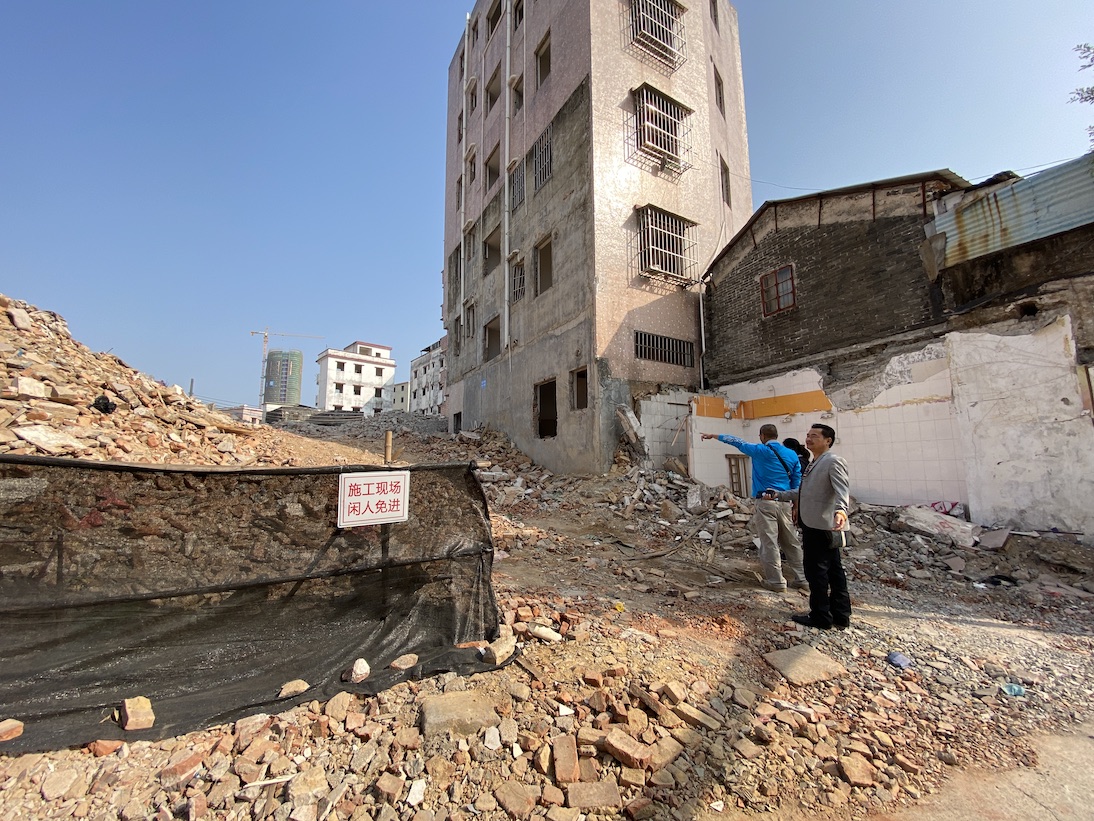
Between 2010 and 2015 alone, the number of rural migrants moving to the cities reached 300 million – almost equivalent to the current US population. As this trend continues, many villages will be abandoned, with no one to look after heritage buildings such as ancestral temples and graves.
Xingtan township in Shunde district, Foshan city, is testimony to this sad trend. Of its 234 ancestral temples, almost a third have been abandoned and emptied, with an additional 15% already torn down. Foshan is one of the key areas that major waves of Overseas Chinese emigrated from, so returning roots-seekers from this area may no longer be able to find what they’d hoped for in their forefathers’ hometowns.
Most old buildings had been demolished, and out of the 38 Woo clan ancestral temples which once stood in Cuiwei, only two remained.
Yiling Lai, researcher at My China Roots
In a recent field research trip, My China Roots researcher Yiling Lai arrived at Cuiwei village in Zhuhai, Guangdong to find it undergoing a massive reconstruction project. Most old buildings were no longer standing, and out of the 38 temples of the Woo clan that once stood in Cuiwei, only two remained.
How do I know if my village is in danger?
The best is to make contact with your village as soon as you can, and if you aren’t already in touch with people there, you’ll need to locate it first.
Try to find the contemporary village name in Chinese characters: many village names and jurisdictions have changed over the last century, so your family’s home may be known under a different name today. Look on tombstones, travel or ID documents that belonged to relatives in China, or other written documents that your family has held onto for a Chinese address.
Then, type it into My China Roots’ Village Search or Google to see what it looks like today. (Can’t find it on a map? Our researchers will track it down for you.)
There is no one-size-fits-all way to find out what’s left in any given village. You’ll have to make contact with the village directly by reaching out to local government offices, clan associations and overseas Chinese affairs offices. If you don’t speak the language, you could ask a friend, or My China Roots, to help!
Once you have confirmed the location of the village, your next step will be to reach out to the village leadership with photographs and information about your ancestor: what their Chinese name was, when they left, and who they were related to. Hopefully, leaders or locals will be able to tell you more.
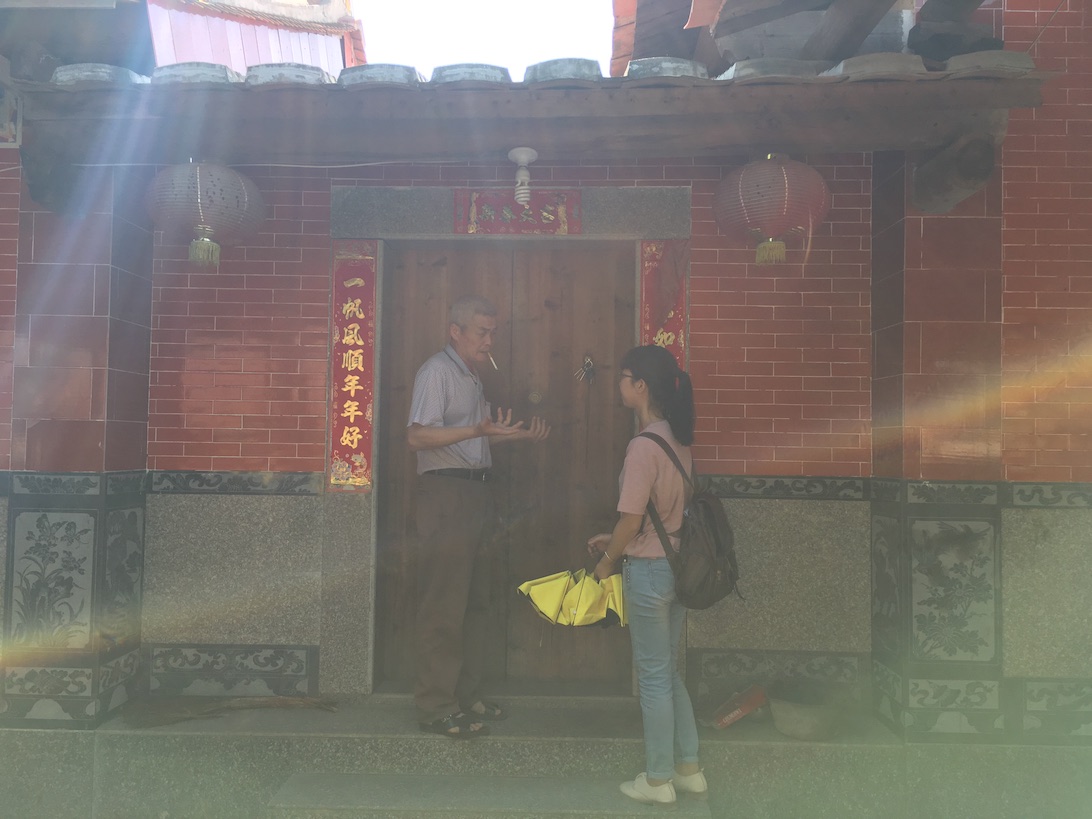
What if I’ve been told that my village is no longer standing?
It’s still worth a shot! Some villages might have been replaced by high rises and skyscrapers, others chemical plants or water reservoirs. But families and clans often move away together; your relatives might still live in the vicinity, and might kept hold of traces of family history.
What next?
As the years go on, the history that villages teem with with may become irretrievable. Over the years, our researchers have often arrived at villages just in the nick of time. Our founder Huihan visited his mother’s ancestral village in southern Fujian a few years ago. Today, that village, the beautiful temple it held, and its villagers’ graves are all gone.
While some clans have managed to hold onto important artefacts like zupus, and successfully protected ancestral temples as tangible cultural heritage, infinite artefacts and histories are already lost.
Has your village been demolished? Were you able to see it before it was torn down? Let us know in the comments below!
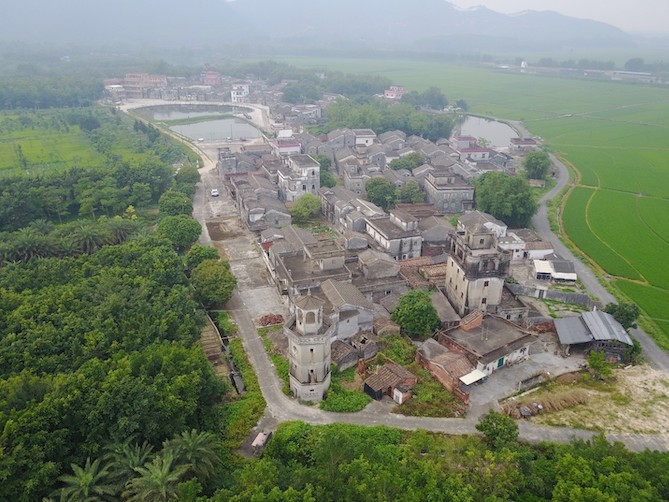
Find your ancestral village and connect with Chinese relatives!
If you are interested in finding your ancestral village and connecting with relatives in China, we would love to be of assistance. Our global team of researchers has helped hundreds of families discover their Chinese roots. Learn more about our services or go ahead and get in touch!
With the global pandemic, My China Roots is offering virtual tours packaged with our research trips to your ancestral village. Check out a demo here!



